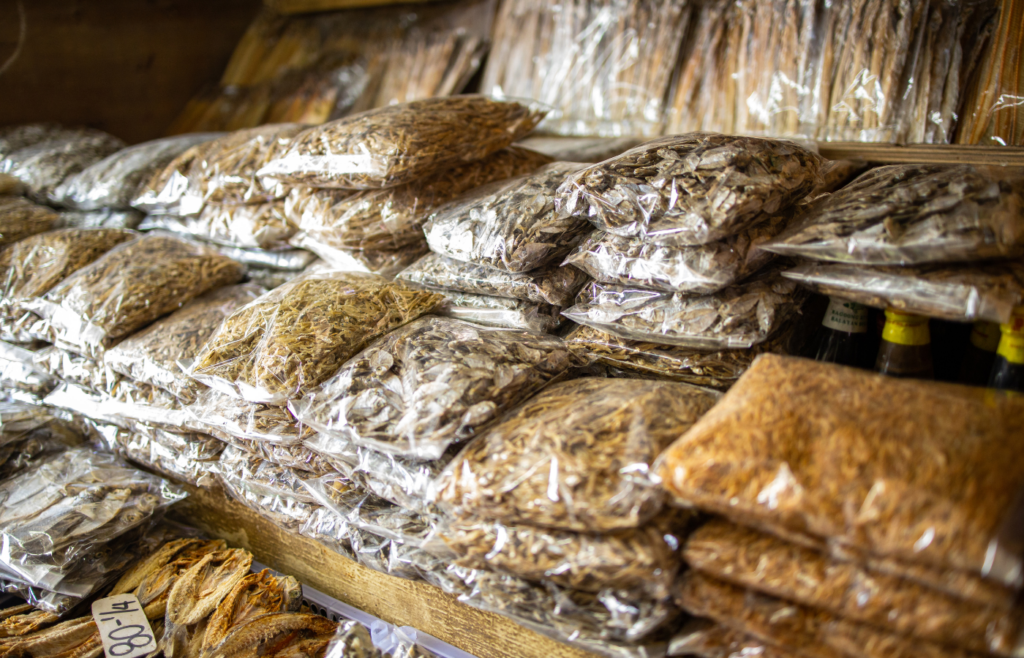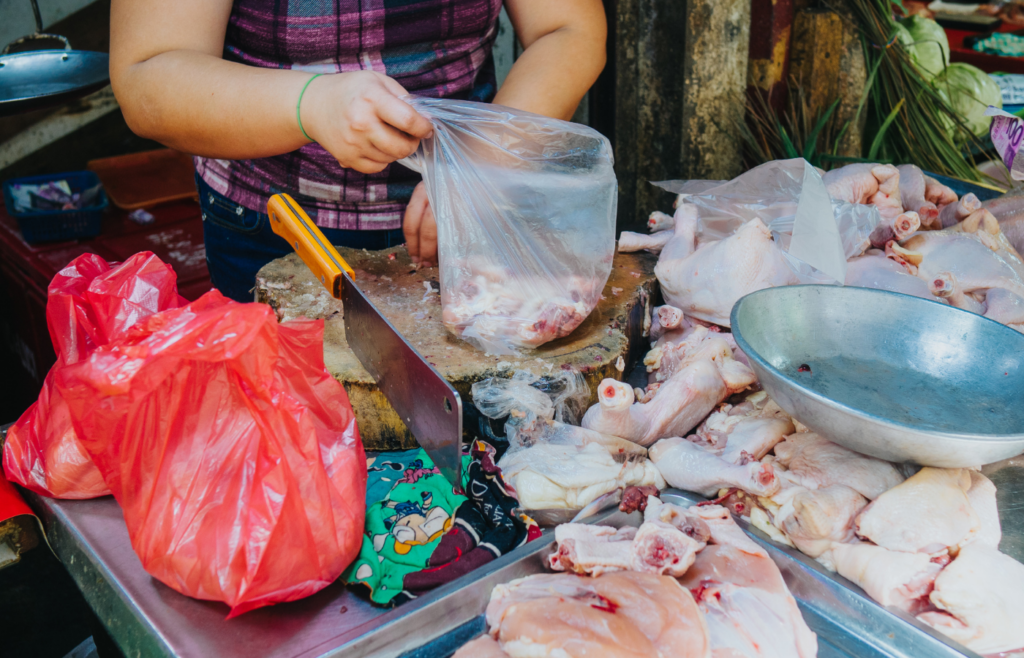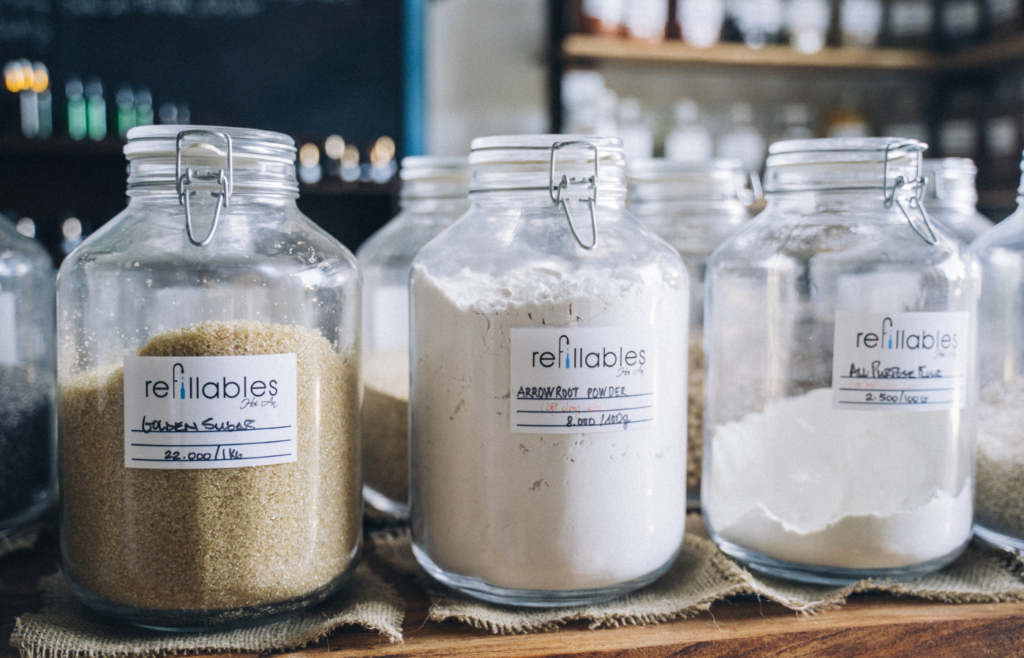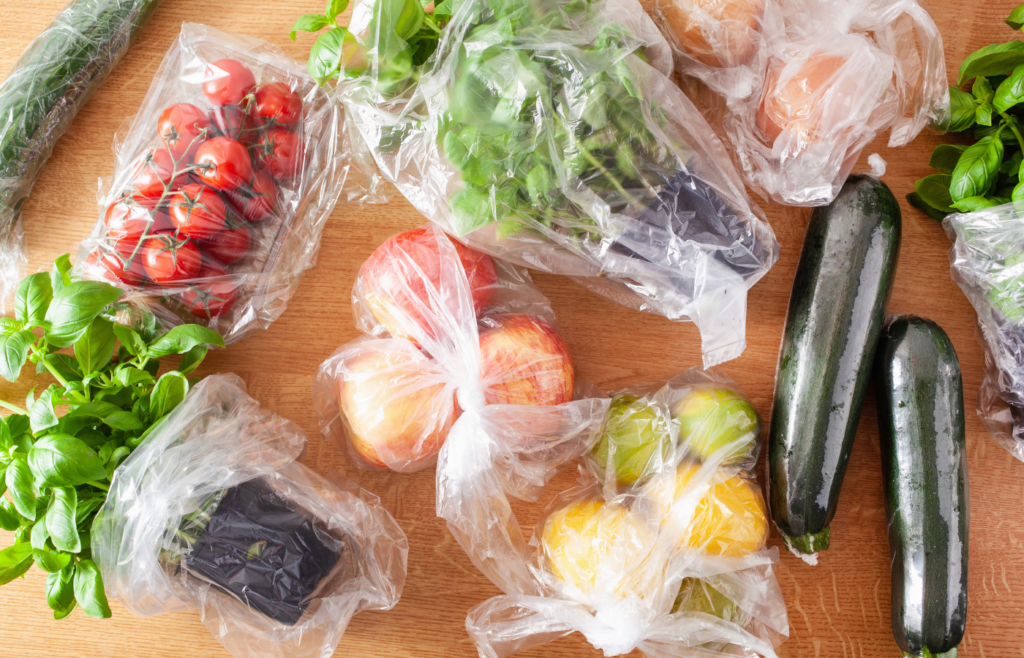In the bustling markets and communities of the Philippines and many parts of Southeast Asia, a unique economic phenomenon has thrived for decades—the sachet economy.
The sachet, a small, single-use plastic packet, has become an integral part of daily life, offering affordability and convenience to consumers. However, this convenience comes at a high environmental cost, contributing significantly to plastic pollution.
In this AIC Insight, we will delve deep into the sachet economy, exploring its impact on plastic pollution, the challenges it poses, and sustainable alternatives that can replace it.
The Sachet Economy: A Double-Edged Sword

The sachet economy is characterised by the widespread sale of small quantities of consumer products, often in single-use plastic packaging. This model gained popularity for several reasons:
- Affordability – Sachets allow consumers to purchase small quantities of products at a lower upfront cost, making them accessible to even those with limited income.
- Convenience – The sachet’s small size and portability make it convenient for consumers, especially in areas with limited storage space.
- Market Penetration – Manufacturers use sachets as a marketing strategy to reach new and underserved markets.
The Dark Side of Convenience
While the sachet economy offers convenience and affordability, it has a detrimental environmental impact:
- Plastic Pollution – Sachets are a major contributor to plastic pollution, filling landfills and polluting water bodies.
- Resource Depletion – The production of single-use sachets depletes resources and contributes to carbon emissions.
- Limited Recycling – Sachets are often challenging to recycle due to their small size and mixed materials.
The Impact of the Sachet Economy

The sachet economy’s environmental consequences extend beyond the Philippines:
- Ocean Pollution – Single-use sachets, including those from multinational companies, end up in the ocean, contributing to the global plastic pollution crisis.
- Health Hazards – The burning of plastic sachets releases toxic fumes, posing health risks to communities near waste disposal sites.
- Ecosystem Disruption – Plastic pollution harms marine life and ecosystems, disrupting the delicate balance of coastal regions.
The Challenges of Replacing the Sachet Economy

Replacing the sachet economy with sustainable alternatives poses significant challenges:
- Consumer Behaviour – Consumers are accustomed to the convenience and affordability of sachets, making behavioural change difficult.
- Economic Considerations – Low-income communities rely on sachets for access to essential products.
- Supply Chain Adjustments – Transitioning away from sachets requires adjustments throughout the supply chain, from manufacturers to retailers.
- Regulatory Framework – The absence of stringent regulations allows sachets to dominate the market.
Sustainable Alternatives to the Sachet Economy

Efforts are underway to replace the sachet economy with sustainable alternatives:
- Bulk Dispensers – Installing bulk dispensers in stores allows customers to refill reusable containers with products, reducing single-use sachet consumption.
- Eco-Friendly Packaging – Manufacturers are exploring eco-friendly packaging options, such as biodegradable materials and recyclable packaging.
- Community Engagement – Raising awareness and educating communities about the environmental impact of sachets is crucial for fostering responsible consumption.
- Government Regulations – Policymakers can play a pivotal role in enforcing regulations that limit single-use sachet production and promote sustainable packaging.
- Circular Economy – Embracing a circular economy model encourages recycling, reusing, and repurposing materials, reducing waste.
Success Stories and Collaborative Efforts

Despite the challenges, there are inspiring success stories and collaborative efforts:
- Banking on Recycling – The Bank of the Philippine Islands (BPI), the longest-standing bank in Southeast Asia, has initiated a recycling program targeting sachet waste.
- Corporate Responsibility – Some multinational corporations are taking steps to reduce their sachet packaging and invest in sustainable solutions.
- Innovative Start-ups – Start-ups are pioneering refillable packaging and sustainable alternatives.
- Community-Led Initiatives – Grassroots movements are promoting reusable packaging and waste reduction.
Moving Beyond the Sachet Economy

The sachet economy has undeniably transformed access to products for millions but at a steep environmental cost. To address the plastic pollution crisis, we must explore and implement sustainable alternatives that balance convenience with environmental responsibility.
The transition away from sachets is complex, but with collaborative efforts, consumer education, and regulatory support, we can create a future where affordability and sustainability coexist.
The Philippines and Southeast Asia stand at a crossroads, where the sachet economy can evolve into a sustainable economy that benefits both people and the planet. By embracing responsible consumption, supporting innovative packaging solutions, and nurturing a circular economy, we can break free from the shackles of single-use sachets and pave the way for a cleaner, healthier, and more sustainable future.
For more news & insights, stay tuned to the AIC website.

